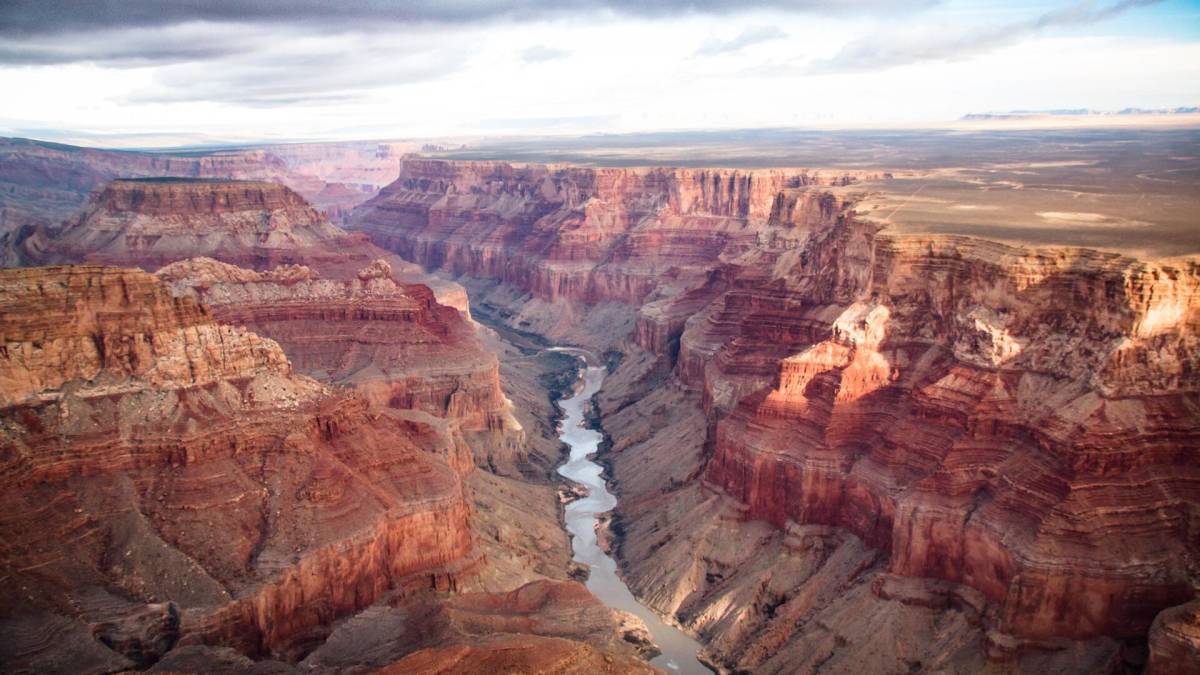
Captivating and spellbinding for so many, Grand Canyon National Park in northwest Arizona has recently reached a grim statistic.
While the park normally sees an average of 15 visitor deaths per year, a string of fatalities in recent months means that Grand Canyon has now reached that number with four months left in the year.
Related: People keep dying in the Grand Canyon
The most recent death occurred when 59-year-old Colorado resident Patrick Horton was passing through the Colorado River on a multi-day trip.
‘Rangers responded to the scene and found the victim,’ NPS says
“Park rangers responded to the scene and found the victim, Patrick Horton, 59, of Salida, Colorado,” the National Park Service (NPS) writes. “Horton was on the 10th day of a non-commercial river trip along the Colorado River and was discovered deceased by members of his party.”
More on travel:
- Another National Park just made it more difficult for you to visit
- Another airline strands passengers as it files bankruptcy
- The Airbnb/hotel debate is getting very tiresome
The authorities were called at approximately 5:30 a.m. at Poncho’s Kitchen near river mile 137 along the Colorado River. Coconino County Medical Examiner’s Office initiated an investigation to determine the cause of Horton’s death while the NPS is not yet releasing any details around what is known.
Another recent death occurred when, on Aug. 25, visitors passing through the park on a river cruise came across the body of 33-year-old Arizona resident Chenoa Nickerson.
Nickerson’s friends had previously, according to the NPS, reported her “missing following a flash flood that struck Havasu Canyon on Aug. 22” while earlier search and rescue efforts had not proven fruitful.
Another 80-year-old visitor did not survive when a sudden flash flood caused his boat to capsize during a trip down Havasu Canyon a few days earlier, while at the start of August 20-year-old Abel Joseph Mejia fell over the Pipe Creek Overlook that many visitors come to for photographic views of the canyon.
Related: Get the best cruise tips, deals, and news on the ships from our expert cruiser
NPS urges caution among multiple dangers in popular areas
With a separate string of heat-related casualties both in the Grand Canyon and other parks known for extreme summer temperatures like Death Valley, the NPS has been urging visitors to exercise caution around a number of dangers — not just the usual slipping hazards but also underestimating how hot parks near the border with Mexico can get from May to September.
“The arid, sparsely vegetated environment here means that rainfall quickly generates runoff because the ground doesn’t absorb it well," NPS spokesperson Rebecca Roland said to news outlet The Hill recently. “This runoff moves rapidly through narrow canyons and steep terrain, turning dry streambeds into torrents of water within minutes, even from relatively small storms."
When it comes to heat, the NPS recently issued a statement saying that hiking in extreme temperatures “can lead to serious health risks including heat exhaustion, heat stroke, hyponatremia, and death.”
The general recommendation is to bring one liter of water for every hour spent on a hike and to plan to have even more if hiking during high heat (even if it ends up saddling one with extra weight.)
“Be aware that efforts to assist hikers may be delayed during the summer months due to limited staff, the number of rescue calls, employee safety requirements, and limited helicopter flying capability during periods of extreme heat or inclement weather,” the government agency said further.
Related: Veteran fund manager sees world of pain coming for stocks







